How ASARECA, FARA & EAAF are supporting farmers to access life changing innovations via Community Dairy Innovation Centers
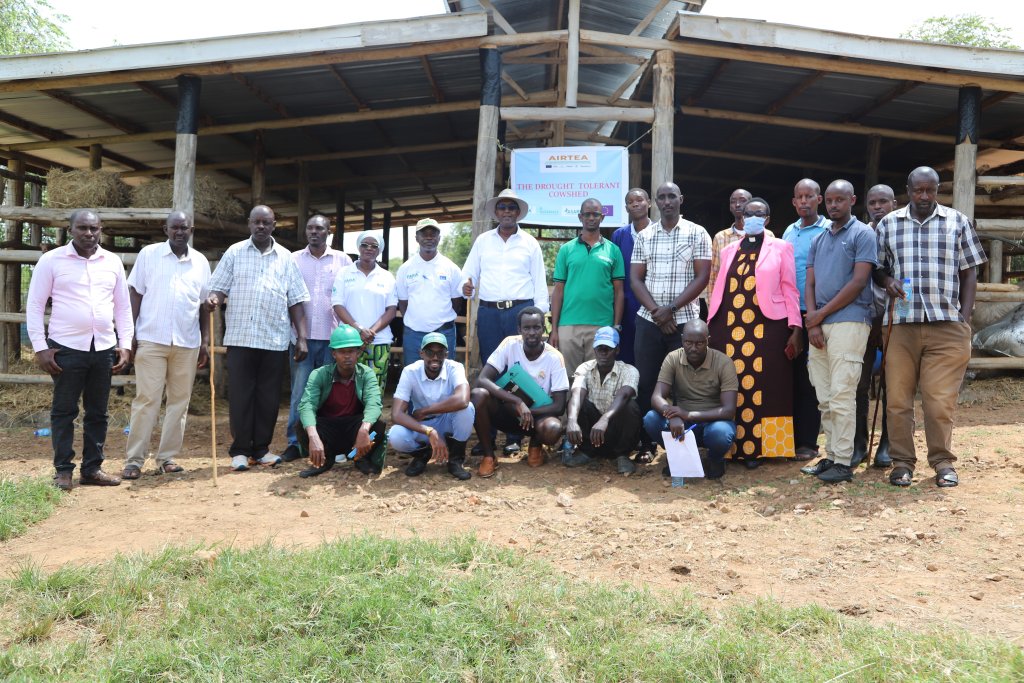
By Genevieve Apio
Co-Authored by Mr. Karemire Shawn Rwakoojo (CBO), FARA, EAFF.
Through a jointly coordinated project commonly referred to as AIRTEA, the Association for Strengthening Agricultural Research in Eastern and Central Africa (ASARECA), the Forum for Agricultural Research in Africa (FARA), and the East Africa Farmers Federation (EAFF) are supporting farmers in Central Uganda to access and utilize noble life transforming innovations.
Gomba Farmers and Environmental Appreciation is a community-based organization (CBO) of 29 farmers committed to advancing sustainable and climate resilient farming practices in Gomba, district of Uganda. Under the stewardship of Agriculture Environment and Ecosystem (AGRENES), members formed a CBO through which they jointly own and operate Gomba Farm Innovation Hub, which focuses on promoting sustainable agriculture and environmental conservation. The CBO is led by the former Member of the Ugandan Parliament, Hon. Sam Rwakoojo, who also serves as a model farmer through whom best practices are easily and practically translated to the CBO members and other spill-over beneficiaries.
AIRTEA is the acronym for the Strengthening Agricultural Knowledge and Ecosystem Innovation for Inclusive Rural Transformation in Eastern Africa (AIRTEA) project funded by the European Union (EU)—ACP Innovation Fund through the Office of the Organization of African Caribbean and Pacific States (OACPS).
Through the AIRTEA Project, ASARECA, FARA, and EAFF have mobilized the capacities and resources of over 50 organizations to implement agriculture research and innovation projects by 11 consortia that include public agriculture research institutions, public and private universities, private sector firms, farmer organizations, ministries of agriculture and district local governments.
The Gomba Farm Innovation Hub is an example of a transformative initiative of the AIRTEA project that is helping to build a more prosperous and sustainable future for dairy farmers.
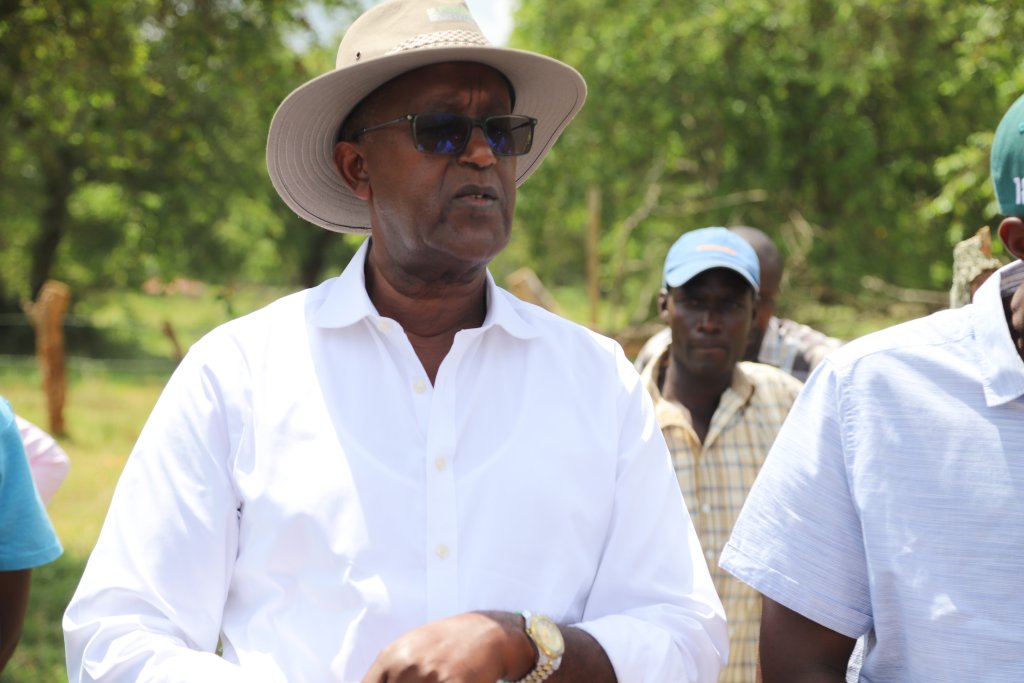
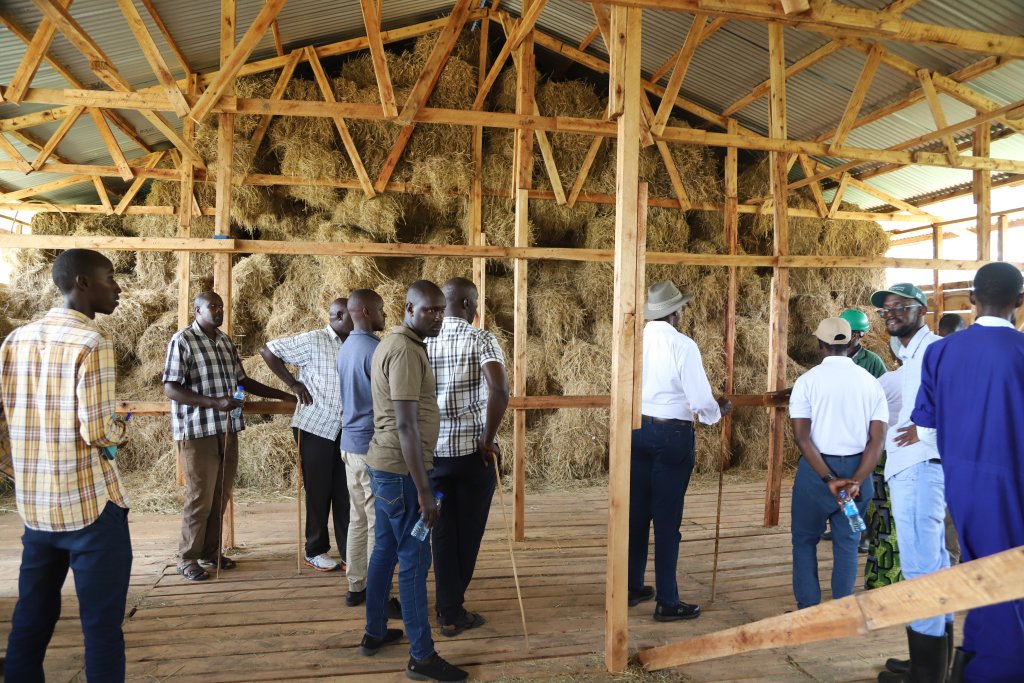
Figure 2: Hon. Sam Rwakoojo, Chairperson of Gomba Farmers, and Environmental Appreciation
Through this project, members of the Gomba Farmers, and Environmental Appreciation have received support and resources to enhance their capacity to promote sustainable agricultural practices and environmental conservation within their communities. The project has also increased access to new research, technologies, and information on best agriculture practices, opportunities for farmers to network, share knowledge, and learn from each other. The hub offers a range of training, mentorship, and peer-to-peer learning programs that enhance the growth of farming communities. Hon. Rwakoojo, the Chairman of the group, brings onboard elite knowledge and experience to the farmers.
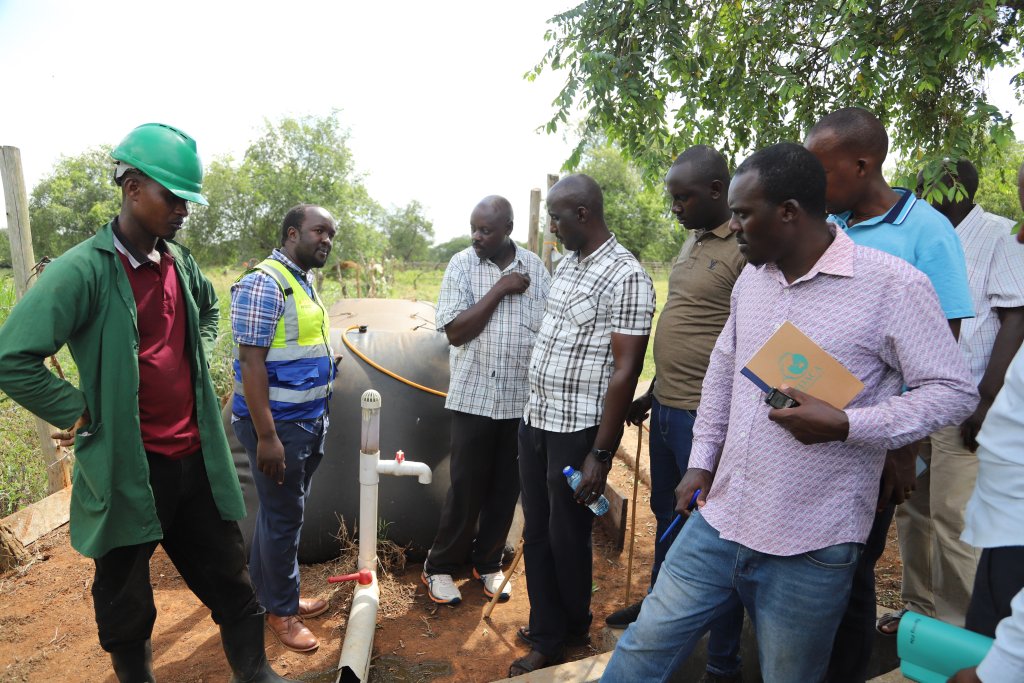
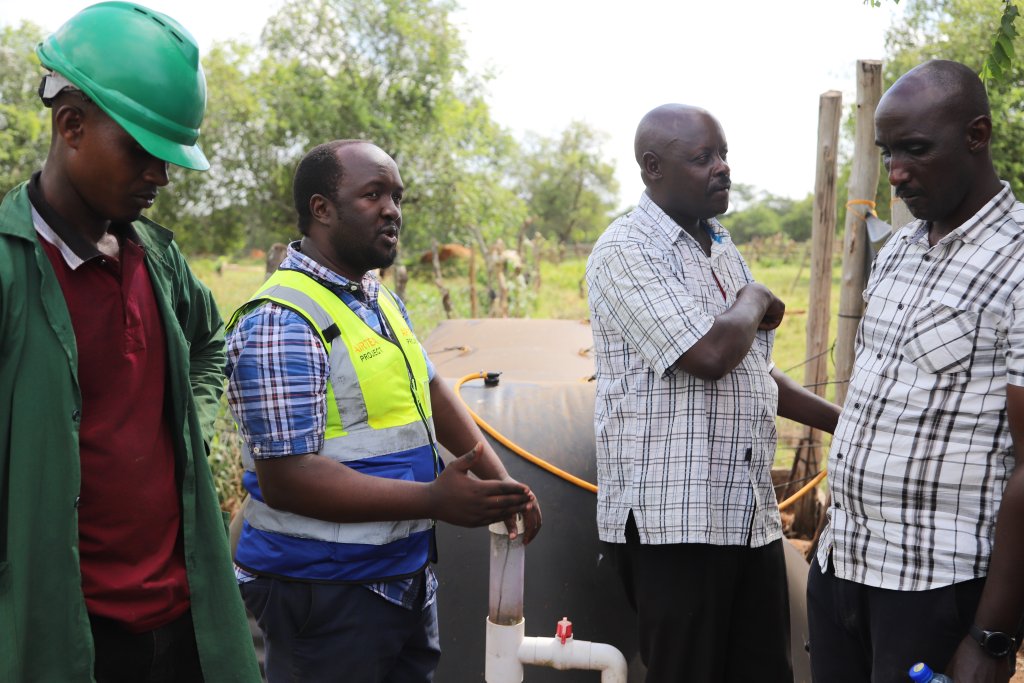
Figure 3: AGRENES demonstrating to Project partners how the Bio Gas Digester works
The AIRTEA third-party project on Retaining Next Generation Farmers in Agribusiness through Enhanced Knowledge Sharing Platforms along the Dairy and selected Grain Value Chains in Uganda is one of eleven third-party projects that received technical and financial support from the (EU). It is implemented by Agriculture Environment and Ecosystem (AGRENES) in partnership with FLEED TECH, AGRILIV, NALIRRI, Makerere University, AGRITECH, and other key stakeholders, including local multipliers such as the Uganda Muslim Women Civilization Initiative (UMWCI) and Dairy Farmers Network (DAFAN).
The CBO has transformed the way the agricultural value chains can make an impact on livelihoods with cutting-edge innovations that promote efficiency and productivity. Some of the innovations are profiled below:
Drought Tolerant Cowshed and Zero Grazing System
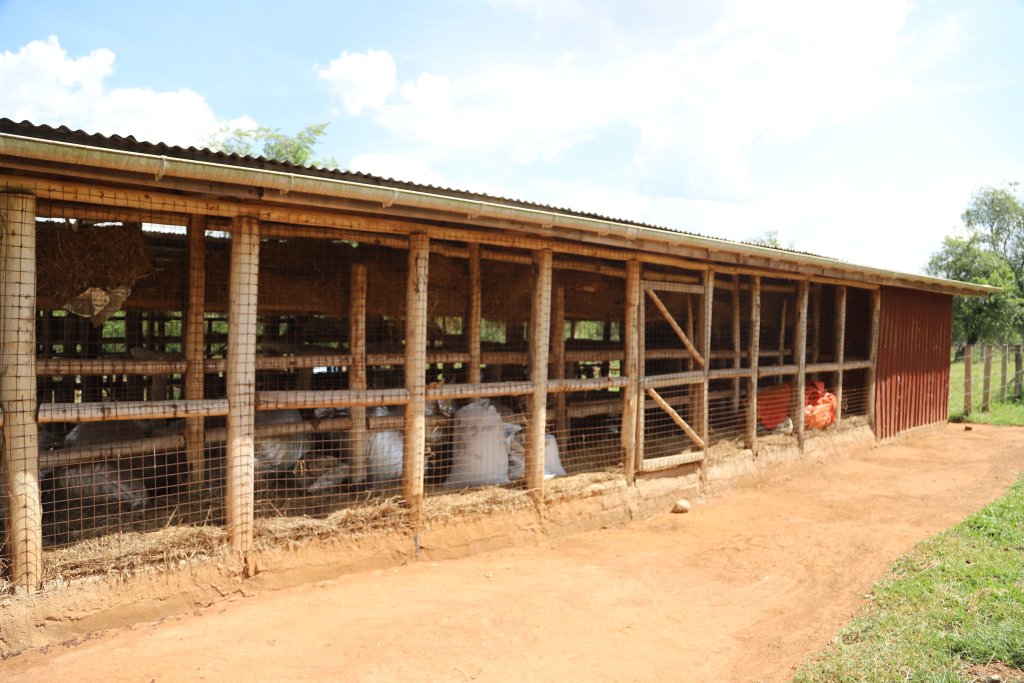
Figure 4: Drought-Tolerant Cow Shed
|
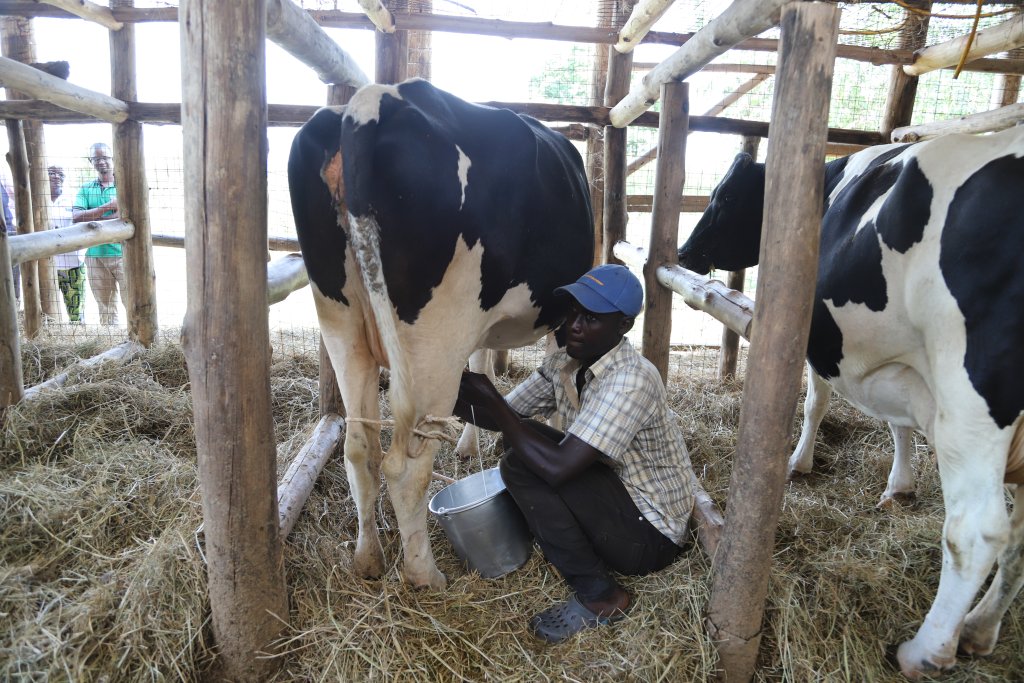
Figure 5: Zero grazing of cattle in the drought-tolerant shed
|
This innovative technology aims to improve cattle breeding in the CBO by introducing more productive and disease-resistant breeds of cows. To manage these improved breeds, farmers use the zero-grazing system, which involves keeping the animals in the specially designed, drought-tolerant cowshed. This system not only increases the productivity of the animals but also makes them more resilient to diseases.
Biogas digester
The Biogas digester is a revolutionary innovation that has brought positive change to the lives of farmers. Farmers in the hub have been supported to set up bio digesters in their homes, which have helped them in cooking without having to cut down trees for fuel. This has not only saved them time and energy, but has also supported the group’s efforts to conserve the environment.
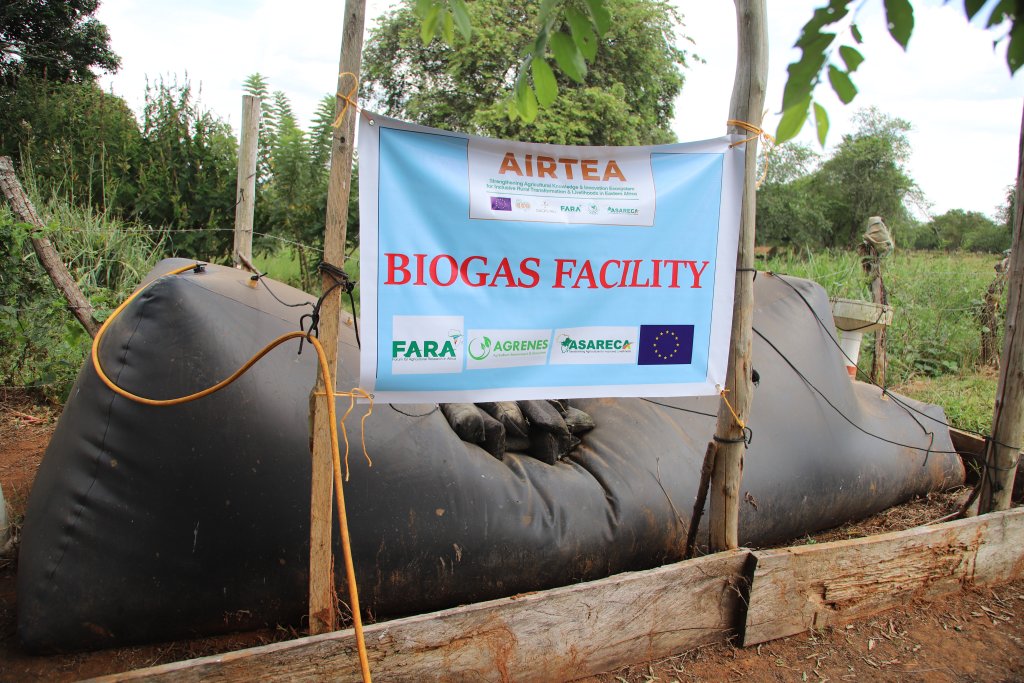
Figure 6: Biogas digester |

Figure 7: AGRENES staff demonstrating the functionality of the Biogas digester
|
The bio-digester works by breaking down organic waste such as cow dung, kitchen waste, and other organic waste into biogas. The gas produced is then used for cooking, lighting, and heating in the farmers’ homes. This has helped them save money on energy bills and has provided them with a clean and sustainable source of energy.
Use of Silage Bags
The technology is a revolutionary method of storing cattle feed for extended periods. It involves the use of airtight bags.
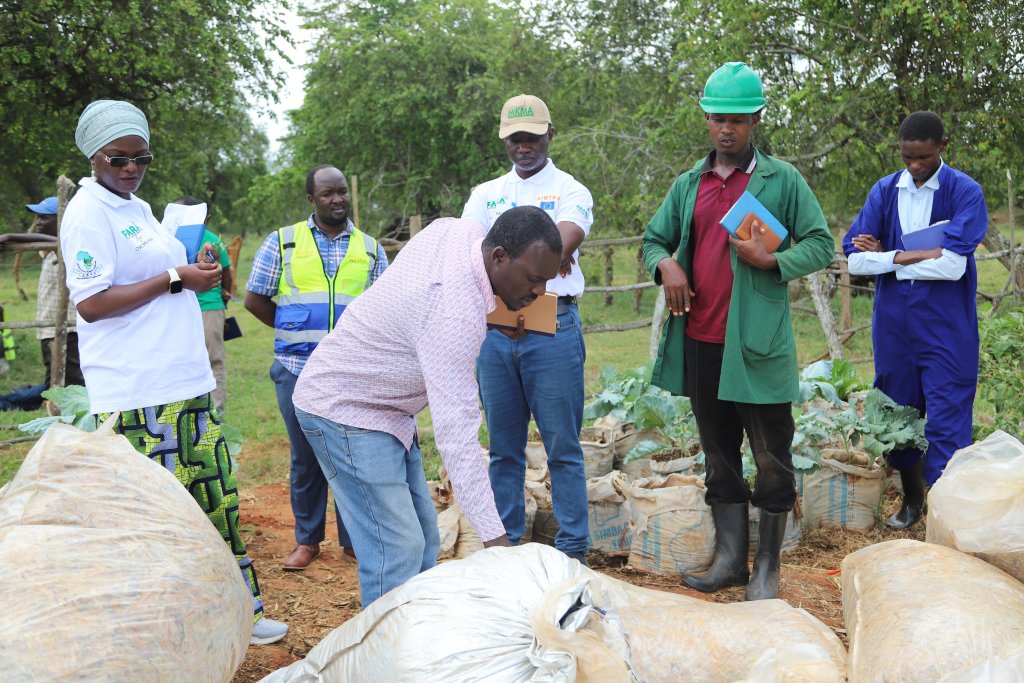
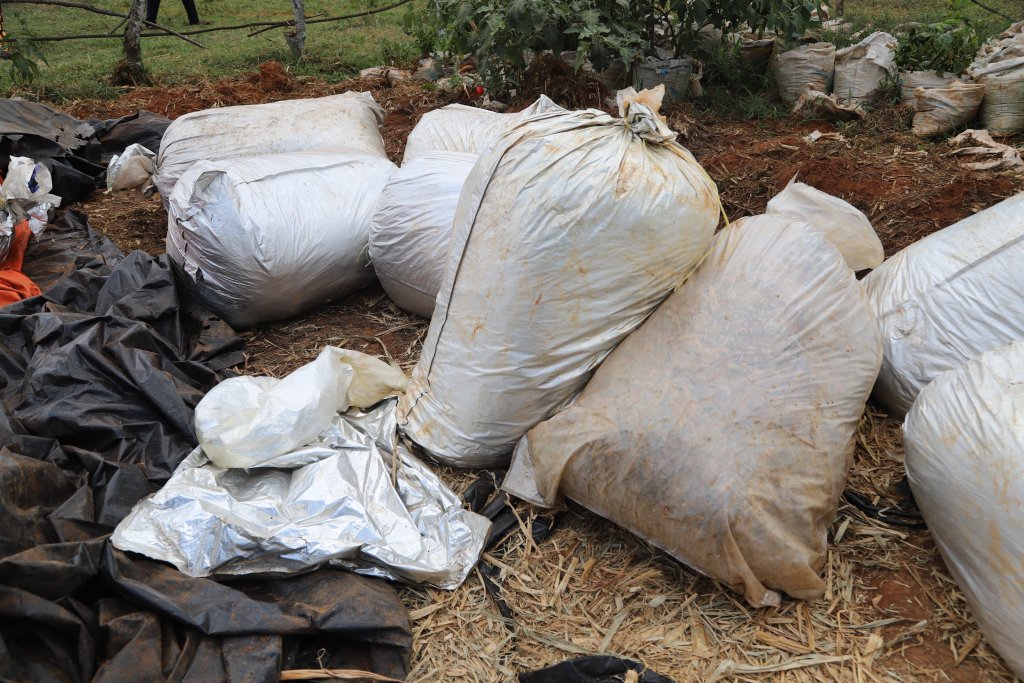
Figure 8: Silage bags used for storage
This technology is especially useful during drought spells when there is a shortage of feed. Farmers in cooperatives have embraced this method as it allows them to pick up the feed as needed for their animals. Individual farmers have also adopted this technology on their farms, as it offers a reliable and convenient way to store and access feed for their animals.
Pasture Demonstration Garden
The pasture demonstration garden serves as a source of fodder for cows, with a range of crops grown including lablab, forage sorghum, millet, grain sorghum, hay, and domesticated silage.
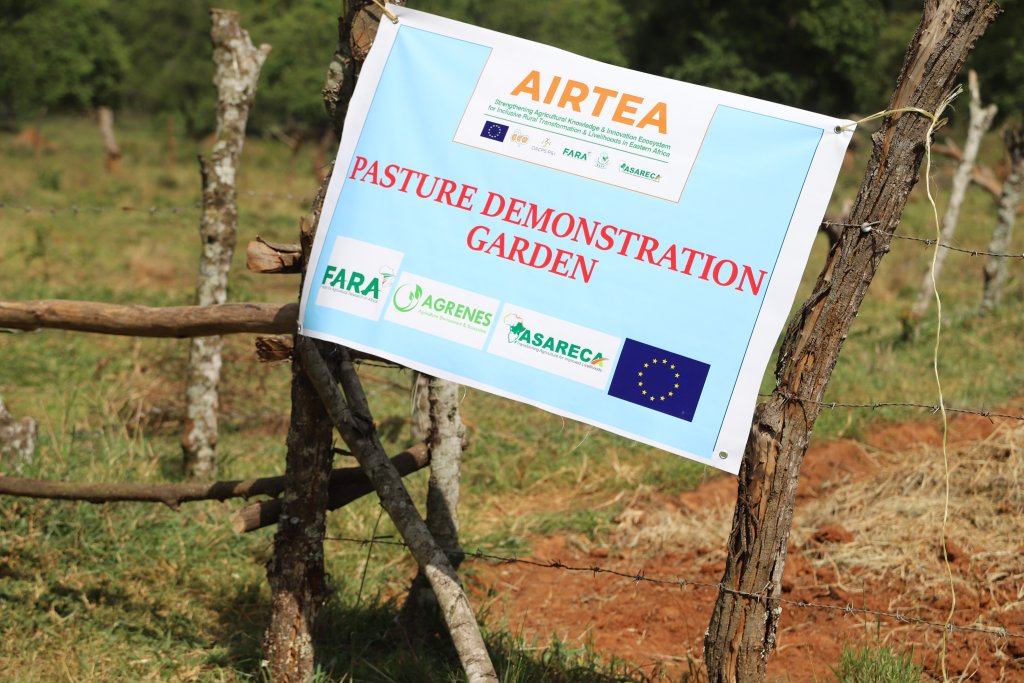
Figure 9: Pasture Field site |
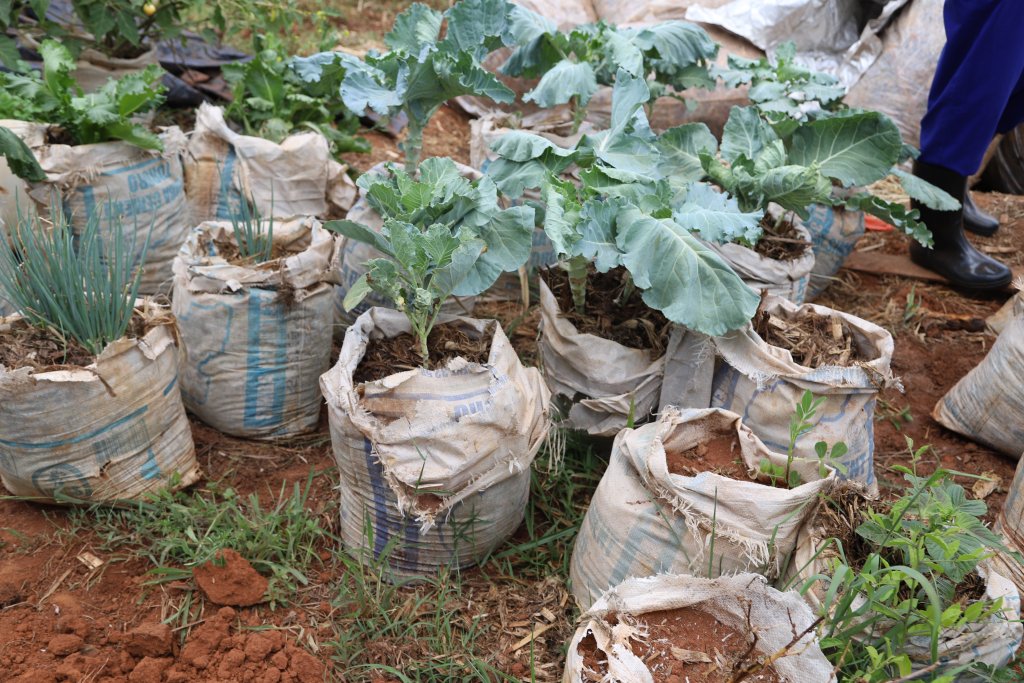
Figure 10: Vegetables for Consumption
|
In addition to supplying vegetables for home consumption, the garden also provides a valuable educational resource for farmers in the cooperative. Those who were previously not familiar with the various types of fodder have had the opportunity to cultivate them on their farms and expand their knowledge. Overall, the garden serves as a multifunctional tool for both feeding livestock and advancing agricultural knowledge among local farmers.
Hay Storage Unit
The cooperative has set up a dedicated hay storage unit for use during times of drought. This helps ensure that all farmers have access to feed for their livestock, even when the weather conditions are unfavorable. The unit promotes sustainability in the farming community and supports the local economy.

Figure 11: Hay Storage Unit
During a recent monitoring and evaluation visit by FARA, ASARECA and EAFF, the team observed positive changes in livelihoods through farmers’ feedback and testimonies. The team also learnt of some challenges including over reliance on intermediaries to sell milk, leading to low income.

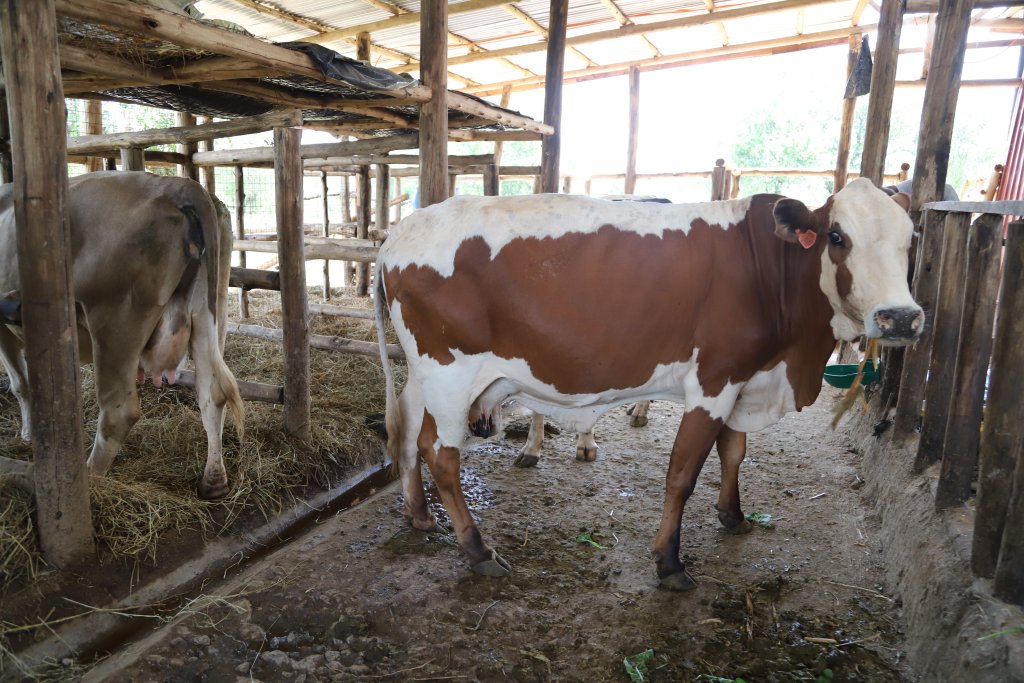
The team resolved to provide the cooperative with a milk cooling facility to help farmers keep the milk until they are ready to sell it in competitive markets.
